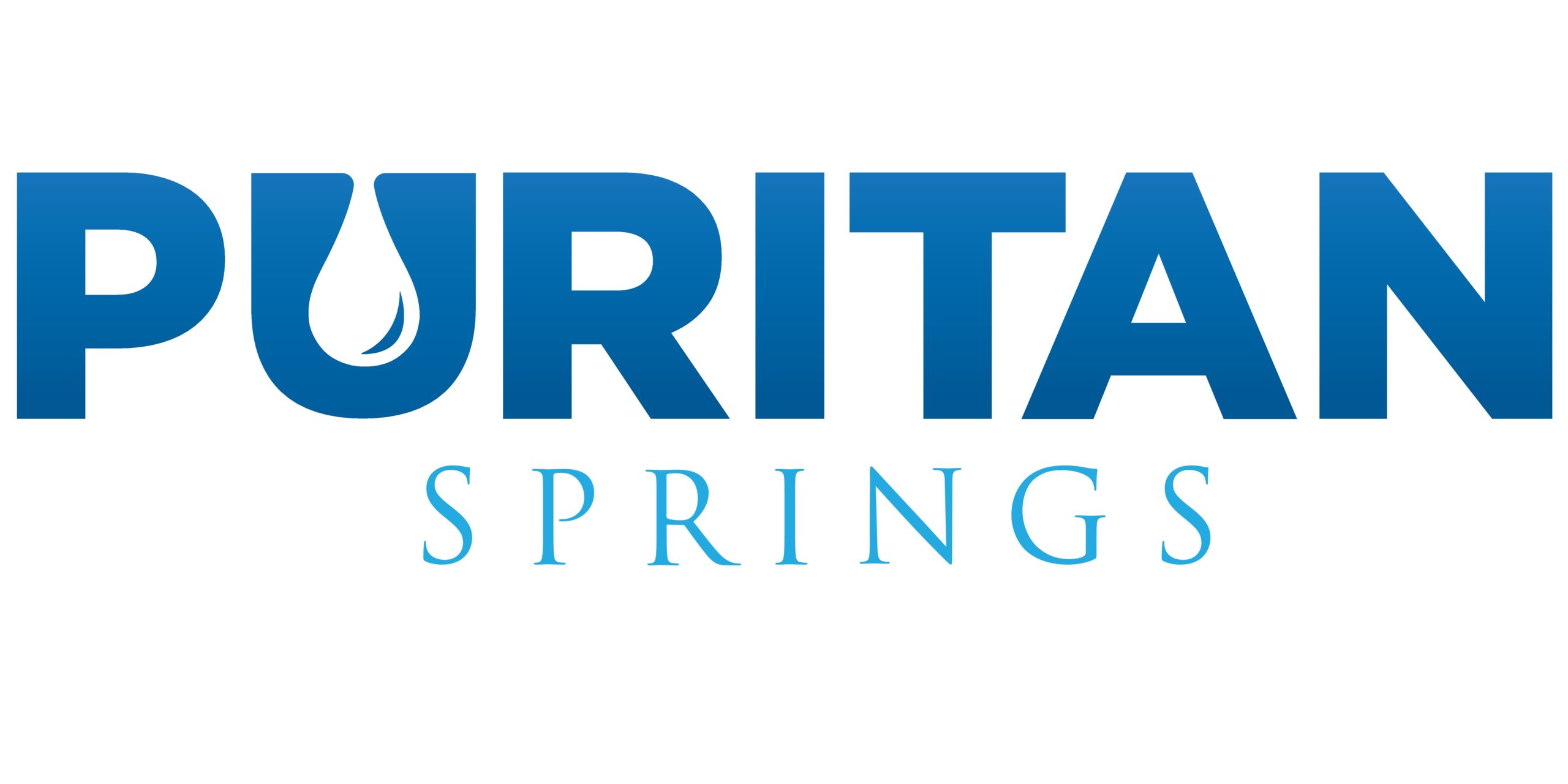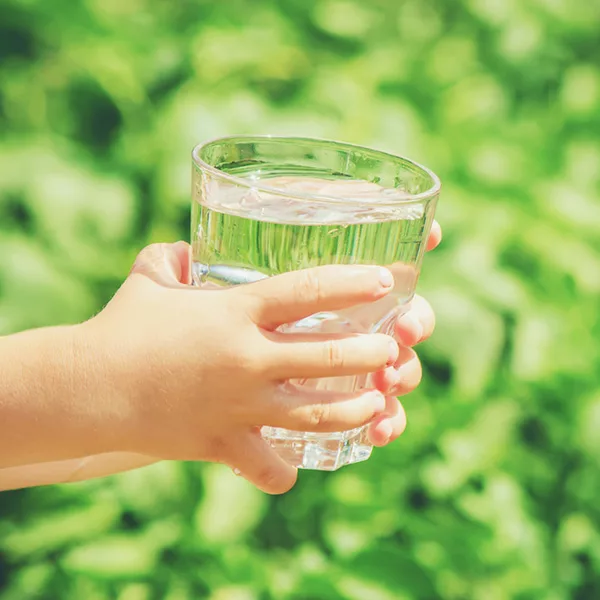How pure is your drinking water? People depend on a ready source of safe, clean water, so ensuring your supply is free of harmful contaminants is of the highest importance. Unfortunately, harmful chemicals and minerals can make their way into your water — left undetected, these contaminants can create serious health consequences for all who consume them.
Government Regulation
Established in 1974, the Safe Drinking Water Act regulates about 100 contaminants found in drinking water. Applying to every public water system in the United States, the act grants authority to the Environmental Protection Agency (EPA) to establish National Primary Drinking Water Regulations, which can include mandatory requirements such as maximum contaminant levels and treatment techniques as well as unenforceable goals. The act does not regulate private wells or bottled water, the latter being regulated by the Food and Drug Administration (FDA).
However, despite federal law, nonprofit advocacy groups have noted serious shortcomings in water quality across the nation. In 2021, the National Resources Defense Council (NRDC) reported 186 million people — 56% of the population — drank water from systems that contained lead levels exceeding 1 part per billion, exceeding levels recommended by the American Academy of Pediatrics. Furthermore, 61 million were served water exceeding lead levels of 5 ppb, and 7 million were served water with lead levels exceeding 15 ppb — a level at which water systems are supposed to act to reduce contamination.
Common Contaminants
Whether through aging and outdated infrastructure, negligence, or disaster, many kinds of contaminants can seep into local water supplies — and in some cases, already have. Some of the most common drinking water contaminants include the following:
- Lead — One of the most common water contaminants, lead was at one time used to make pipes and other plumbing fixtures like solder for water systems, some of which are still in use today. This toxic metal can damage the brain and central nervous system, but children are especially vulnerable.
- PFAS — Also known as “forever chemicals,” PFAS seep into groundwater via landfills or are dumped into waterways by industries. PFAS are widespread, found in waterways in all 50 states, and have been linked to numerous diseases, including kidney and testicular cancer, hormone disruption, liver and thyroid problems, interference with vaccine effectiveness, reproductive harm, and abnormal fetal development.
- Atrazine — This chemical is one of the most detected pesticides in the United States, usually found in the Midwest and South, though its use is being phased out by the federal government. Atrazine has been linked to disorders of the endocrine system, including reproductive and hormonal impairments.
- Pathogens — Bacteria, viruses, and parasites can sometimes grow inside pipes with stagnant, untreated water. If consumed, these pathogens can cause numerous illnesses, including legionnaires’ disease.
- Chlorine treatment byproducts — Used to disinfect water supplies, chlorine can also result in byproducts like trihalomethanes and halo acetic acids, which may cause cancer and reproductive problems when high quantities are consumed.
- Arsenic — Arsenic is a toxic metal that leaches into water from natural sources and can cause numerous health problems, including cancer. In 2000, the EPA estimated almost 36 million Americans drank water with water levels exceeding 3 ppb, but numbers have declined since then.
- Nitrates — Originating from animal waste and fertilizers and leaching into the water supply through runoff, nitrates are a nitrogen compound that can be especially harmful to infants.
- Radioactive contaminants — Known to cause cancer and kidney failure, radioactive contaminants occur mostly in nature, but can also come from industrial sources such as power plants and medicines.
- Vinyl chloride — Used to manufacture PVC plastic products, vinyl chloride is a carcinogen that leaches into water supplies via older PVC piping.
- Perchlorate — Used in rocket fuel, explosives, and road flares, this toxic chemical is widespread — detected in 26 states — and can interfere with the production of thyroid hormones.
- Pharmaceuticals — Medicines and drugs can enter the water supply when unused medication is flushed.
- Chromium — A metal known to cause cancer, chromium leaches into the water supply through industrial sources.
- Fluoride — A mineral commonly used to strengthen tooth enamel, too much fluoride can cause fluorosis, a common disorder that results in discolored and sometimes damaged teeth.
Preventing Contamination
Are you worried your water may be contaminated? Having your water source tested is the best way to ensure it’s clean and safe to drink. If you suspect your home contains lead pipes or fixtures, get your water from a well, or notice a change in your water’s taste, color, or smell, have your water tested. Your supplier may provide free, in-home testing, or you may contact a certified lab to analyze your water. The EPA also operates the Safe Drinking Water Hotline, which can provide more information on federal and state contacts. Call 800-426-4791 to speak with a specialist.
Some water filters certified by the NSF may also prevent the consumption of some contaminants. Point-of-use systems like filtered water pitchers, faucet filters, and reverse osmosis systems treat water where it’s used — e.g., your faucet — while whole-house or point-of-entry systems are usually located near a water meter or pressurized storage tank and treat the water as it enters the home. Learn more about finding an NSF-certified filter.
Guarantee clean drinking water for your home or business. Learn more about water treatment and filters from Puritan Springs and find a solution for you. For more information, contact us or call 1-800-292-2992!

